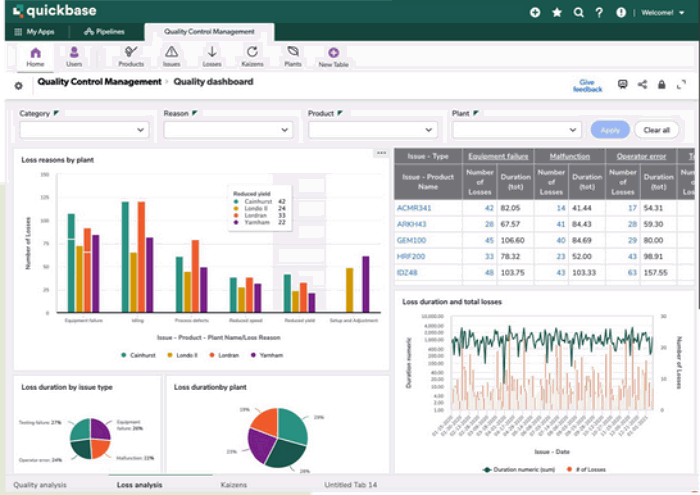Low-code and No-Coding-Required Web development tools have risen to the top of website design and delivery from small businesses to enterprise shops. Harvard Business Review and Forbes have described the driving forces in this profound change to how software development is done in business and government
Instead of traditional top-down IT Projects with long time horizons and expensive/hard to find IT staff, many organizations are using low-code, fast, and customizable tools to solve an increasing range of IT problems. The key is use of low-code tools collaboratively between IT Staff and local experts. Think of tasks like resource scheduling, personnel management, and small-scale workflow/ processing automation. Low-code/No-code routines can allow IT staff to setup template solutions while being customized by lower-cost local users better able to optimize for local needs.
The underlying web trends driving rapidly changing IT system conditions are readily apparent in these 4 charts:
Over the past 25 years, the Internet has been adopted by 65% of the world’s population but how and why has changed rapidly.
As the first chart shows the Internet has become primarily a Mobile-device internet with five vendors [Samsung, Apple, Xioami, Oppo, and Vivo] dominating at 70% share of a currently leveling market. This alone has changed web development, as web tools have to deliver responsive interfaces for more complex components [Think calls-to-action, signup forms, personnel profiles, etc].
Further, challenging mobile-related needs must be met as IoT-Internet of Things devices explode in usage [IoT Companies could invest a total of up to $15 trillion in IoT by 2025]. So making diverse mobile and IoT connections is impacting IT shops dramatically.
Now add to the mix, the Covid-induced transition to online purchases reaching as high as 25% of retail sales in the US. This trend of eCommerce buys displacing retail shopping is seen throughout the world. In a related phenomenon, online remote workers make up 12.7% of the workforce with another 28.2% using a hybrid remote work process. In sum, low-code/n0-code enter IT shops looking for dramatic improvements in their ability to respond to changing IT system needs.
Here are key driving factors cited by Harvard Business Review & Forbes motivating the move to low-code/no-code development:
0 – Inability of IT staff to keep up with rapid change in ongoing systems/integrations let alone new apps needs;
1 – Shortage and cost of trained IT personnel in the face of increasing IT support demand;
2 – Need to deliver solutions quickly in the face of rapidly changing conditions:
3 – Ability of local staff to model many processes easily and customize them for final IT refinement and integration;
4 – Low-code/no-code lowers costs and risks of development of many business transactions and workflows;
5 – Agility is added to IT development by offloading template creation tasks to line staff while making joint team development the goal;
6 – Availability of drag and drop/WYSIWYG User Interfaces to simplify and expedite Web design, layout and building tasks;
7 – New AI Tools and processes promise to further expedite low-code/no-code tasks with greater speed and ease of use;
8 -A flood of venture capital is inunating both AI and low-code/no-code startups[Techcrunch cites 2018 $450M increasing to $4,5Billion in 2022].
So it should not be a surprise that low-code and no-code development is exploding. Quandry sees a global market forecast for low-code at 65 Billion U.S. by 2027. And it’s expected to reach $187 Billion by 2030. That’s a CAGR of 31.1% for 2020 – 2030.
G2 has a Grid ranking the top Low-code and then No-code apps from over 200 tools.
19 Top Low/code and No-code Web Builder tools
As seen above, G2 Grid lists well over 200 low-code and no-code developer tools with some firms doing $ 1 billion in annual business and growing by 15%. The amount of investment capital pouring into the low-code/no-code market is immense – estimated at over $2trillion in capital financing. But a broader question is what low-code and no-code tools deliver and how do they vary
Low-code versus No-code Web Development
One of the ironies of low-code/no-code development is that two of the pioneers have ceded their advantage to the new start-ups. Linux Bootstrap with its low-cost, responsive, point-and-click design interface plus ease of setup has been a model for many low-code tools. Likewise, WordPress with its easy, 5-minute setup, SQL-driven backend, and drag-and-drop Visual Editor set a standard in the rapidly growing Blog world.
In the past 5 years, WordPress Pagebuilders with WYSIWYG, no-coding-required Front-end Designers have shaped UI interfaces with advanced layout and styling capabilities. Given advanced templates, end-users can quickly copy and customize their page Layouts. So it is no surprise that most low-code/no-code tools have added some of these features to their products].
However, there is a fair amount of ambiguity about what are the essential features of low-code versus no-code tools. A search of IBM [has a 7-step plan to decide between low-code and no-code use], Microsoft [“no-code development means that practically anyone at your organization can build apps that work with an organization’s current infrastructure” ], Gartner [see chart below], KissFlow, and Zappier [has good tool examples but suspect conclusions] others found overlaps, omissions, and even contradictory assertions about the nature of low-code versus no-code tools. This is partly understandable because the market technologies are changing rapidly Here is the Gartner estimate of the key low-code components and the already huge revenue and growth rate of the markets.
Now let’s be clear, each low-code tool except LCD commands multi-billions in annual revenues already, putting RAD tools like WordPress and Wix to revenue shame. And AI tools are swamping into low-code/no-code markets seeing expenditures currently at $ 139 billion worldwide but in the US AI revenue is expected to reach $300 billion by 2026. Nonetheless, there is some consensus on what both low-code and no-code tools combined can deliver:
1 – Low-code/No-code tools deliver rapid application development;
2 – Both tools lower costs by delivering working systems sooner and requiring less senior staff;
3 – Both tools encourage collaboration among team members as work is completed co-operatively;
4 – Both tools allow rapid customization of templates and UI components with point & click ease;
5 – Both tools use performance optimizing routines and cloud computing to substantially improve response time;
6 – Both tools offer ready integration with other systems and their APi link ups;
7 – Both tools deliver sophisticated data connections both internally and externally;
8 – Low-code tools allow for more precise component customization but at the price of varying CSS, HTM, PHP, JS and other code. Often the programming code varies among different low-code tools;
9 – Low-code tools support for backend processes like SEO, security, backups and migrations also vary among themselves and duplicate what is already possible with no-code tools.
In sum, over the next 2-5 years of rampant change and growth in both AI and low-code/no-code tools expect the unexpected.
In the sweepstakes for very fast and easy website creation tools let’s take a look at Gartner’s multi-billion dollar low-code markets shown above.
The bottom line is that Low-code/No-code development like BPM, IPaaS, and RPA are in a state of rapid flux. There are many consolidations in the industry, AI Tools are changing the basic tools rapidly and the needs of Business and Government clients are subject to quarterly modification. So add choosing a solid low-code/no-code development tool to the already high-risk reliability and data security tasks facing IT shops.
LCAP-Low-Code Application Platforms key features with 2 examples
LCAP features again vary among the tools but here are the key ones:
1 – LCAPs provide visual modeling tools like WP PageBuilders allowing drag-and-drop page and component layout/styling without code;.
2- LCAPs offer pre-built modules with APIs to interlink these modules, similar to Oxygen, Breakdance and Bricks Builders;
3 – LCAPs come with in-built best practices and guardrail checks to help developers design, develop, and test applications;
4 – With Analytics and dashboards LCAPs generate reports and control tables for insights and data-backed decision-making;
5 – LCAPs can be integrated with internal and external links like WP RAD systems;
6 – LCAPs help create cross-platform mobile applications without the need for complicated development processes also like RAD systems;
7 – Custom programming allows LCAPs to deliver advanced customizations but with code dependencies – RAD tools can do same with less code lock;
8 – LCAPs are approved by IT departments, ensuring that they meet enterprise standards for security, scalability, and performance.
G2 Grid lists 289 LCAPs so the competition is fierce.
Here is a comparison of two G2 top-ranked systems, Outsystems and Salesforce Platform. Note at $1513/month OutSystems is the most expensive but it has Process Automation capabilities not available in Salesforce. Both tools are rapidly adding AI-driven features. See the Low-code Applications table for details.
BPM -Business Process Management gets at the heart of describing Business Systems
As you might expect, there is an overlap between RPA-Robotic Process Automation tools and LCAP-Low-Code Application Platforms with BPM. Two of the leading BPM tools, Automation Anywhere and Outsystems, straddle the two categories. LaserFiche at $65/user/month combines intelligent dataform analysis with process automation then feeds a complete document and records management system.
Likewise, Nintex at $4160/month for unlimited users and processes has an end-to-end process platform. Its key strength is Workflow and process mapping tools:
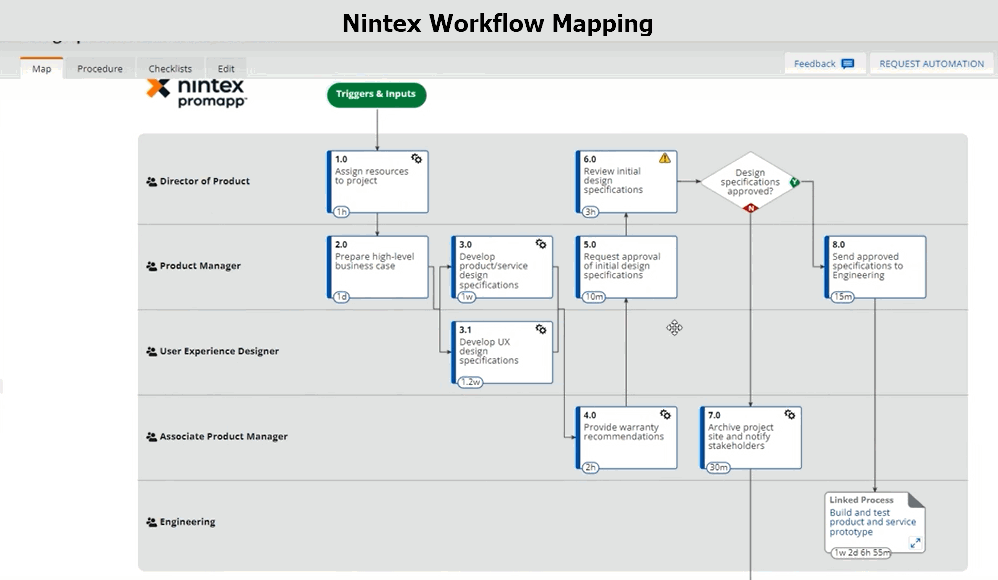 Nintex starts with process mining and discovery feeding data mapping and workflow layout as key links to other tools..
Nintex starts with process mining and discovery feeding data mapping and workflow layout as key links to other tools..
MDXP-Multiexperience Development Platforms for mobile and IoT systems
MDXP – Multiexperience Development Platforms tools are software development tools that allow developers to create applications for various devices and platforms, such as smartphones, tablets, wearables, and IoT devices. These platforms offer a range of features and tools to help developers create, test, and deploy applications quickly and efficiently. Here is one MDXP tool making a bold move to AI.
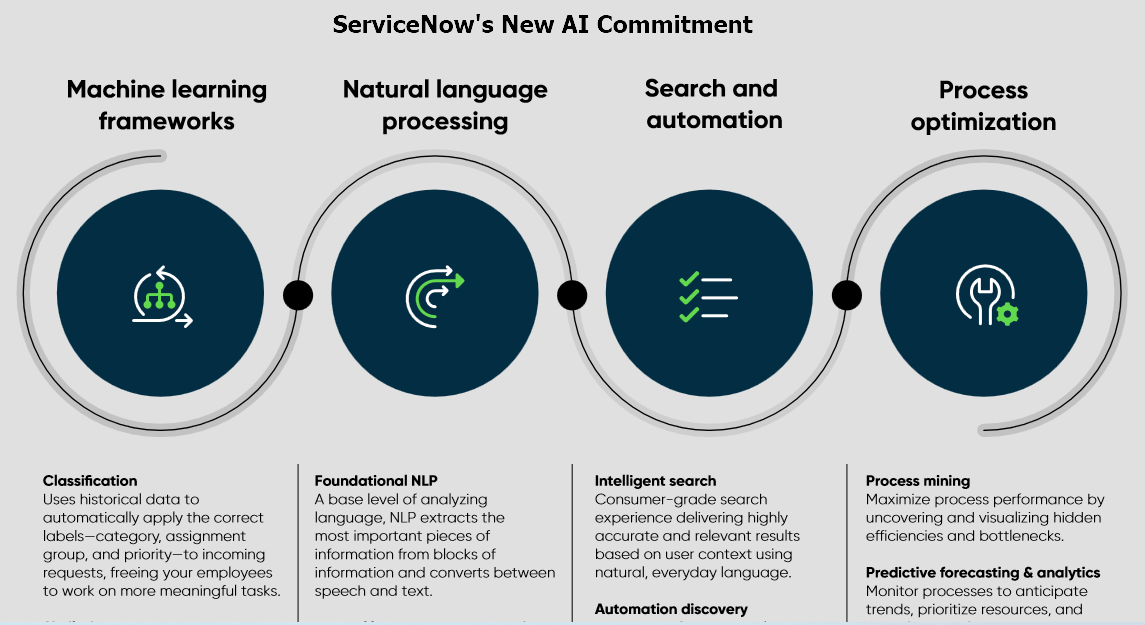 Two important factors to note. There is a lot of overlap with LCAP, BPM, and RPA tools. WP RAD systems using PWA and plugins are capable of delivering at much lower costs.
Two important factors to note. There is a lot of overlap with LCAP, BPM, and RPA tools. WP RAD systems using PWA and plugins are capable of delivering at much lower costs.
RPA – Robotic Process Automation uncovers Robotic systems opportunties
RPA – tools have a lot of overlap with BPM, LCAP and CADP. Perplexity.ai shows 20 top RPA tools and several are from these other categories.
UIPath is in the top right quadrant in Gartner and G2 reviews and supports a solid range of features starting at $420/month. Here is its target processes and purpose: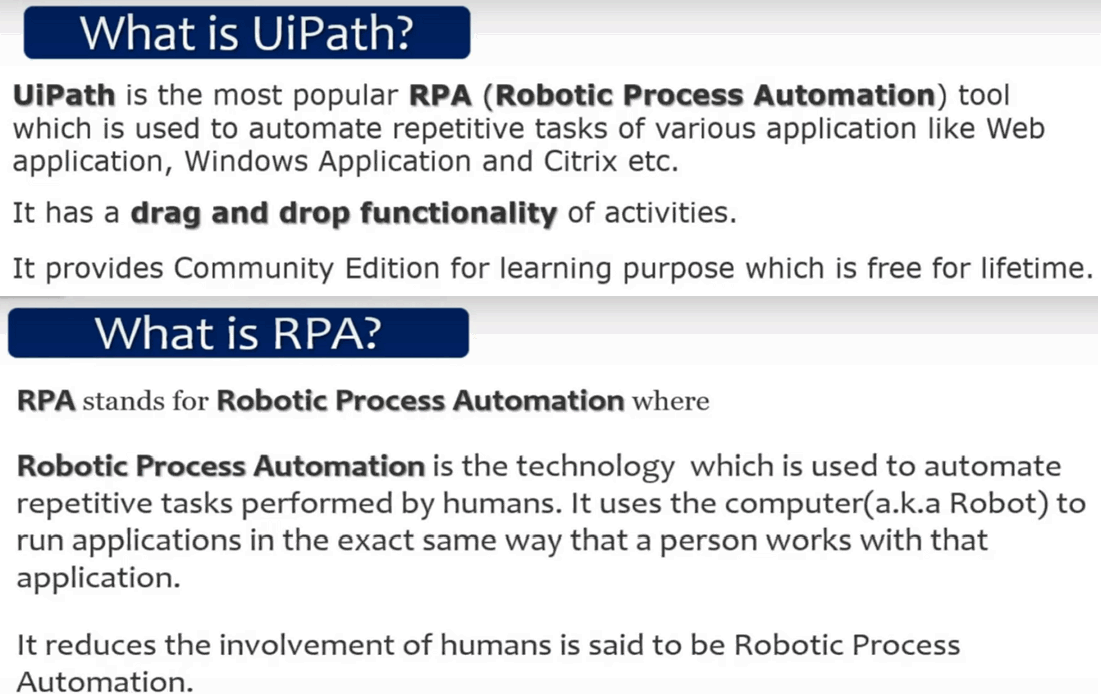
. Here is an overview of the utility of UIPath Studio.
YouTube: please specify correct url
It is noteworthy that UIPath has WordPress connections through Cdata to WP database files
and also a Woo Commerce linkup to UIPath Studio
IPaaS – Integration Platform as a Service
Integration of IT Systems reducing duplication and isolated silos of information has long been a Business and Government IT goal. And it is, therefore, no surprise that at $6.7 billion, IPaaS-Integration Platforms as a Service is the second largest low-code/no-code market. Again there is much overlap among LCAP, BPM, RPA, and CADP segments. Hightouch is a G2 right quadrant leader with Reverse SQL finesse.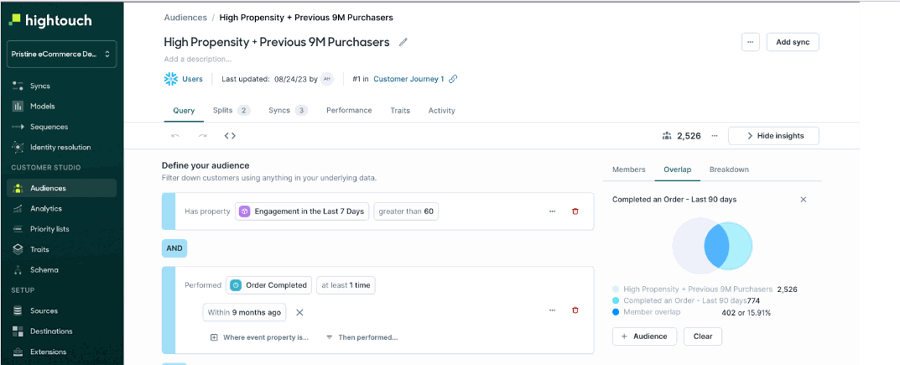
But HighTouch has to contend with IBM App Connect which delivers outstanding IPaaS reviews.
CADP – Citizen Automation and Development Platform
CADP stands for Citizen Application Development Platform and is a set of integrated tools designed for to automate an organization’s work and data flows. These platforms are typically no-code or low-code in nature making for a major overlap with LCAP and No-Code tools. Quickbase has strong low-code/no-code roots with pricing at $700/month for 20 users. Quickbase features Appbuilder and Project Control tools: